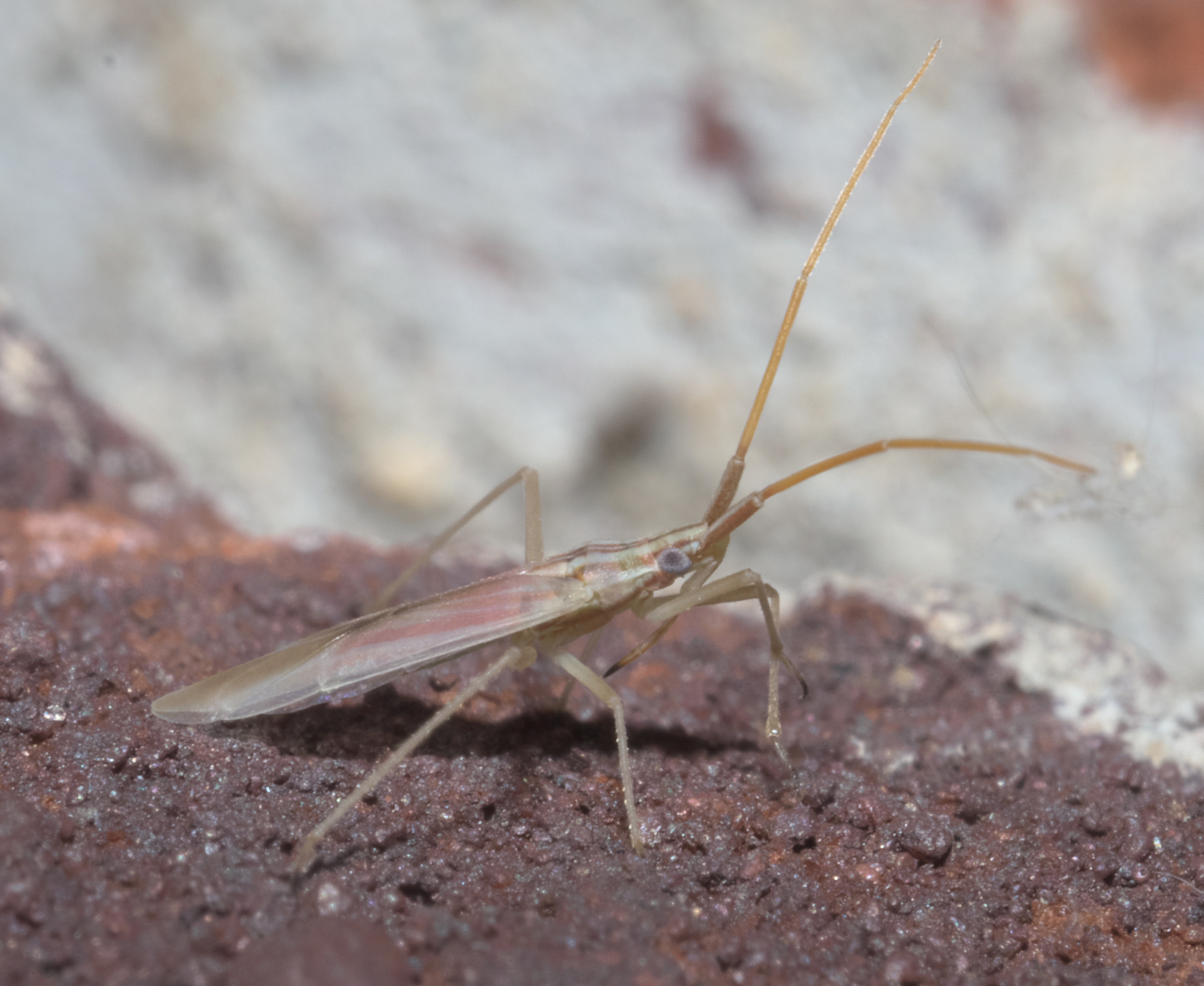|
Acetropis
''Acetropis'' is a genus of true bug Hemiptera (; ) is an order of insects, commonly called true bugs, comprising over 80,000 species within groups such as the cicadas, aphids, planthoppers, leafhoppers, assassin bugs, bed bugs, and shield bugs. They range in size from to arou ...s. References Stenodemini Hemiptera of North America Insects described in 1858 Hemiptera genera {{Miridae-stub ... [...More Info...] [...Related Items...] OR: [Wikipedia] [Google] [Baidu] |
Acetropis Americana
The American grass bug (''Acetropis americana'') is a rare true bug found in the Willamette Valley of the U.S. state of Oregon Oregon () is a state in the Pacific Northwest region of the Western United States. The Columbia River delineates much of Oregon's northern boundary with Washington, while the Snake River delineates much of its eastern boundary with Idah .... References Stenodemini Hemiptera of North America {{Miridae-stub ... [...More Info...] [...Related Items...] OR: [Wikipedia] [Google] [Baidu] |
Acetropis Gimmerthalii
''Acetropis gimmerthalii'' is a species of true bug in the family Miridae. Description Adults are long. Ecology The species are active from June to September, and can be found in various dry and damp grassland A grassland is an area where the vegetation is dominated by grasses (Poaceae). However, sedge (Cyperaceae) and rush ( Juncaceae) can also be found along with variable proportions of legumes, like clover, and other herbs. Grasslands occur natur ...s. References Insects described in 1968 Stenodemini {{Miridae-stub ... [...More Info...] [...Related Items...] OR: [Wikipedia] [Google] [Baidu] |
Stenodemini
Stenodemini is a tribe of plant bugs in the family Miridae. There are more than 60 described species in Stenodemini. Genera ''BioLib'' includes: # '' Acetropis'' Fieber, 1858 # '' Acomocera'' Eyles, 1975 # ''Actinocoris'' Reuter, 1878 # '' Asteliamiris'' Schwartz & Polhemus, 1999 # ''Autumnimiris'' Schwartz, 1989 # '' Caracoris'' Schwartz, 1989 # '' Chaetedus'' Eyles, 1975 # '' Chaetofoveolocoris'' Knight, 1968 # '' Chaetomiris'' Bliven, 1973 # ''Collaria (bug)'' Provancher, 1872 # '' Cynodonmiris'' Carpintero & Estévez, 2001 # '' Dolichomiris'' Reuter, 1882 # '' Lasiomiris'' Reuter, 1891 # ''Leptopterna'' Fieber, 1858 # ''Litomiris'' Slater, 1956 # ''Megaloceroea'' Fieber, 1858 # '' Myrmecoris'' Gorski, 1852 # '' Neotropicomiris'' Carvalho & Fontes, 1969 # '' Notostira'' Fieber, 1878 # '' Ophthalmomiris'' Berg, 1883 # '' Opisthochasis'' Berg, 1883 # ''Porpomiris'' Berg, 1883 # '' Schoutedenomiris'' Carvalho, 1951 # '' Spartinomiris'' Carpintero & Estévez, 2001 # ''Stenodema'' ... [...More Info...] [...Related Items...] OR: [Wikipedia] [Google] [Baidu] |
Hemiptera
Hemiptera (; ) is an order of insects, commonly called true bugs, comprising over 80,000 species within groups such as the cicadas, aphids, planthoppers, leafhoppers, assassin bugs, bed bugs, and shield bugs. They range in size from to around , and share a common arrangement of piercing-sucking mouthparts. The name "true bugs" is often limited to the suborder Heteroptera. Entomologists reserve the term ''bug'' for Hemiptera or Heteroptera,Gilbert Waldbauer. ''The Handy Bug Answer Book.'' Visible Ink, 1998p. 1. which does not include other arthropods or insects of other orders such as ants, bees, beetles, or butterflies. In some variations of English, all terrestrial arthropods (including non-insect arachnids, and myriapods) also fall under the colloquial understanding of ''bug''. Many insects with "bug" in their common name, especially in American English, belong to other orders; for example, the lovebug is a fly and the Maybug and ladybug are beetles. The term ... [...More Info...] [...Related Items...] OR: [Wikipedia] [Google] [Baidu] |
Hemiptera Of North America
Hemiptera (; ) is an order of insects, commonly called true bugs, comprising over 80,000 species within groups such as the cicadas, aphids, planthoppers, leafhoppers, assassin bugs, bed bugs, and shield bugs. They range in size from to around , and share a common arrangement of piercing-sucking mouthparts. The name "true bugs" is often limited to the suborder Heteroptera. Entomologists reserve the term ''bug'' for Hemiptera or Heteroptera,Gilbert Waldbauer. ''The Handy Bug Answer Book.'' Visible Ink, 1998p. 1. which does not include other arthropods or insects of other orders such as ants, bees, beetles, or butterflies. In some variations of English, all terrestrial arthropods (including non-insect arachnids, and myriapods) also fall under the colloquial understanding of ''bug''. Many insects with "bug" in their common name, especially in American English, belong to other orders; for example, the lovebug is a fly and the Maybug and ladybug are beetles. The term is also ... [...More Info...] [...Related Items...] OR: [Wikipedia] [Google] [Baidu] |
Insects Described In 1858
Insects (from Latin ') are pancrustacean hexapod invertebrates of the class Insecta. They are the largest group within the arthropod phylum. Insects have a chitinous exoskeleton, a three-part body (head, thorax and abdomen), three pairs of jointed legs, compound eyes and one pair of antennae. Their blood is not totally contained in vessels; some circulates in an open cavity known as the haemocoel. Insects are the most diverse group of animals; they include more than a million described species and represent more than half of all known living organisms. The total number of extant species is estimated at between six and ten million; In: potentially over 90% of the animal life forms on Earth are insects. Insects may be found in nearly all environments, although only a small number of species reside in the oceans, which are dominated by another arthropod group, crustaceans, which recent research has indicated insects are nested within. Nearly all insects hatch from eggs. Insect ... [...More Info...] [...Related Items...] OR: [Wikipedia] [Google] [Baidu] |



